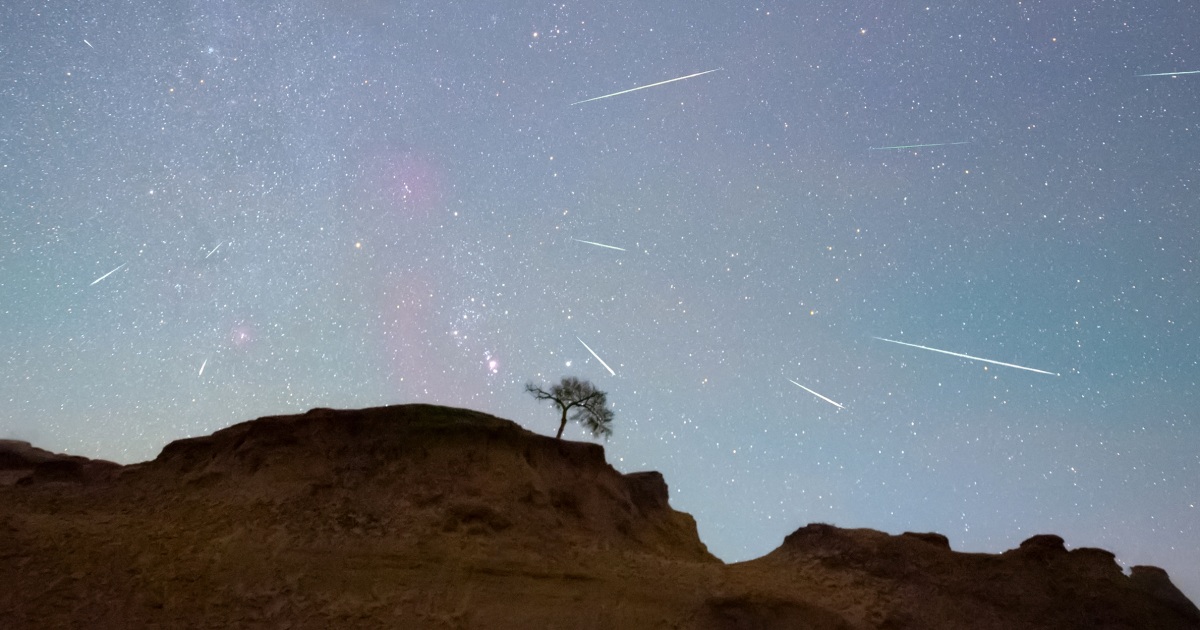
Radiation Belts
Radiation belts are regions of high-energy charged particles, mainly protons and electrons, that are trapped by the Earth's magnetic field. The two main radiation belts are the Van Allen radiation belts, which are located between 1000 and 60,000 kilometers above the Earth's surface. These belts were discovered in 1958 by James Van Allen using data from the Explorer 1 satellite. The radiation belts can pose a threat to spacecraft and astronauts, as the high-energy particles can damage electronic equipment and harm living tissue. The intensity of the radiation belts can vary depending on solar activity and other factors. Understanding the behavior of the radiation belts is important for designing spacecraft and protecting astronauts during space missions.
Your Previous Searches
Random Picks
- Thermal Expansion: Thermal expansion is the tendency of matter to change its shape, area, and volume in response to a change in temperature. In space and astronautical engineering, thermal expansion is a critical factor in the design and operation of spacecra ... Read More >>
- Mission Impact: Mission Impact refers to the overall effect or influence of a space mission on the scientific community, the public, and the advancement of space exploration. It encompasses the success of the mission in achieving its objectives, the scient ... Read More >>
- Solar Cell: A solar cell, also known as a photovoltaic cell, is an electronic device that converts sunlight into electrical energy. It is made up of one or more layers of materials that absorb photons and release electrons, creating a flow of electrici ... Read More >>
Top News

Bestselling author explains the science of happiness: "You can do the work"...
Bestselling author and Harvard professor Arthur Brooks opens up about how enjoyment, satisfaction and meaning in life can increase a person's wellbeing....
News Source: CBS News on 2024-11-18

November's full moon, known as the Beaver Moon, is the last supermoon of 2024. H...
November's full moon, known as the Beaver Moon, is the last supermoon of 2024. Here's when it peaks and why it's called the Beaver Moon....
News Source: CBS News on 2024-11-15

You can't put a price on the sense of awe particle physics inspires...
Astronomy and particle physics are no longer seen as vital by the US establishment, so funding has fallen. But our work creates a sense of wonder, and wonder matters, says Chanda Prescod-Weinstein...
News Source: New Scientist on 2024-11-13

If you want to stretch your gift game into days this holiday, check out these ad...
The advent calendar phenomenon is growing every year, with so many exciting, fun, beautiful, and delicious options available...
News Source: ABC News on 2024-11-04

November brings a bonanza of meteor showers...
November brings a skywatching bonanza, with three meteor showers — the Southern Taurids, Northern Taurids and Orionids — offering chances to see shooting stars....
News Source: NBC News on 2024-11-02